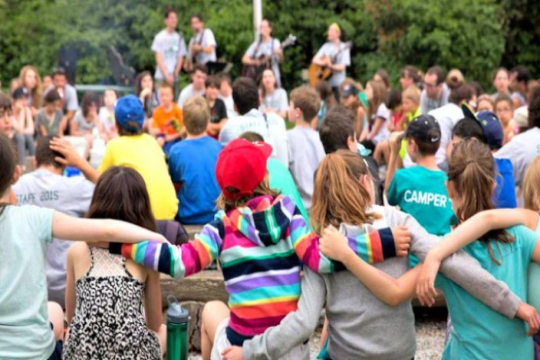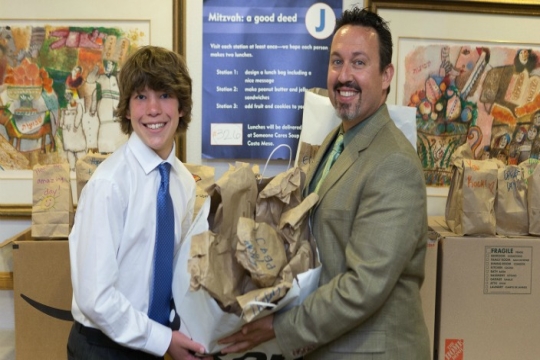Depth and meaning in Jewish learning is necessary to reduce the staggering rates of post-b’nai mitzvah dropout. We believe that a root cause of these challenges is the perception that b'nei mitzvah celebrations are like graduation ceremonies. And we share a growing unease about the fact that b'nei mitzvah preparation has, in many cases, supplanted other goals of synagogue educational endeavors. In many synagogues, b'nei mitzvah observances are standardized, taking into account neither the differences between thirteen-year-olds in terms of maturity and interest nor the differences between families in their motivations and Jewish identification. Because these ceremonies are centered on the individual child’s performance of a ritual that s/he may not be able to fully understand or appreciate, current methods of b'nei mitzvah preparation in many congregations are inefficient, wasting much instructional time. Anecdotal evidence suggests that current approaches often prove counter-productive as well, driving children and their families away from the synagogue and Jewish community, rather than strengthening their involvement. Thus, the opportunity for bar/bat mitzvah to usher in a new phase of involvement in the Jewish community is missed.
Assumptions that guide BMR
These four assumptions frame the work of the B'nei Mitzvah Revolution:
Community: Becoming a bar or bat mitzvah should signify that one is ready and able to actively participate in Jewish community. The young person’s commitment to the community and the community’s commitment to the young person and to the family should be marked in a meaningful way.
Meaning: B'nei mitzvah preparation and celebrations should be meaningful for 13-year-olds, their families, and their communities. Pre-teens are asking big questions about life. The process of bar/bat mitzvah preparation should encourage these questions and help children explore how Jewish tradition approaches them. Similarly, synagogues can and should support parents experiencing changes in their family dynamics as children enter adolescence.
Multiple Approaches: There is no one “right” way to demonstrate an increased sense of responsibility. A century ago b'nei mitzvah were celebrated quite simply — by an aliyah to the Torah. Today there is a general expectation that children becoming b'nei mitzvah should demonstrate synagogue skills. The change of status that becoming bar/bat mitzvah represents should be marked in ways that are aligned with the child’s developing interests, abilities and commitments to the Jewish tradition, whether in the realm of torah (study), avodah (worship), gemilut chasadim (loving acts of kindness), tikun olam (social justice), or some combination of each.
For example, children who are curious about God or their own spirituality might write their own prayers or responses to existing prayers, in addition to (or instead of) leading a service. Those whose growing participation in Jewish life involves working with those in need might describe their experiences in words or video. Those whose interest is in study might write their own articles for the synagogue bulletin, teach a class or give a d’var torah that demonstrates what they have learned. The overarching purpose of all of these activities would be to highlight the special contributions that this newest member brings to the community.
Deep and Authentic Jewish Learning: The education of children should focus on depth and inquiry, rather than superficial breadth.
For example, children should be taught the meaning of key Hebrew terms, rather than how to simply sound out letters. Learning of prayer should include an exploration of the child’s own spirituality and belief in God, as well as age-appropriate communal experiences of traditional t’fillah(prayer) with kavannah (intentionality).
B'nai Mitzvah Revolution | About Us | Get Involved | Impact | Rationale
What's New

Summer 2019 by the Numbers: Reform Youth Engagement is Strong!

Putting the Mitzvah Back into B’nei Mitzvah

